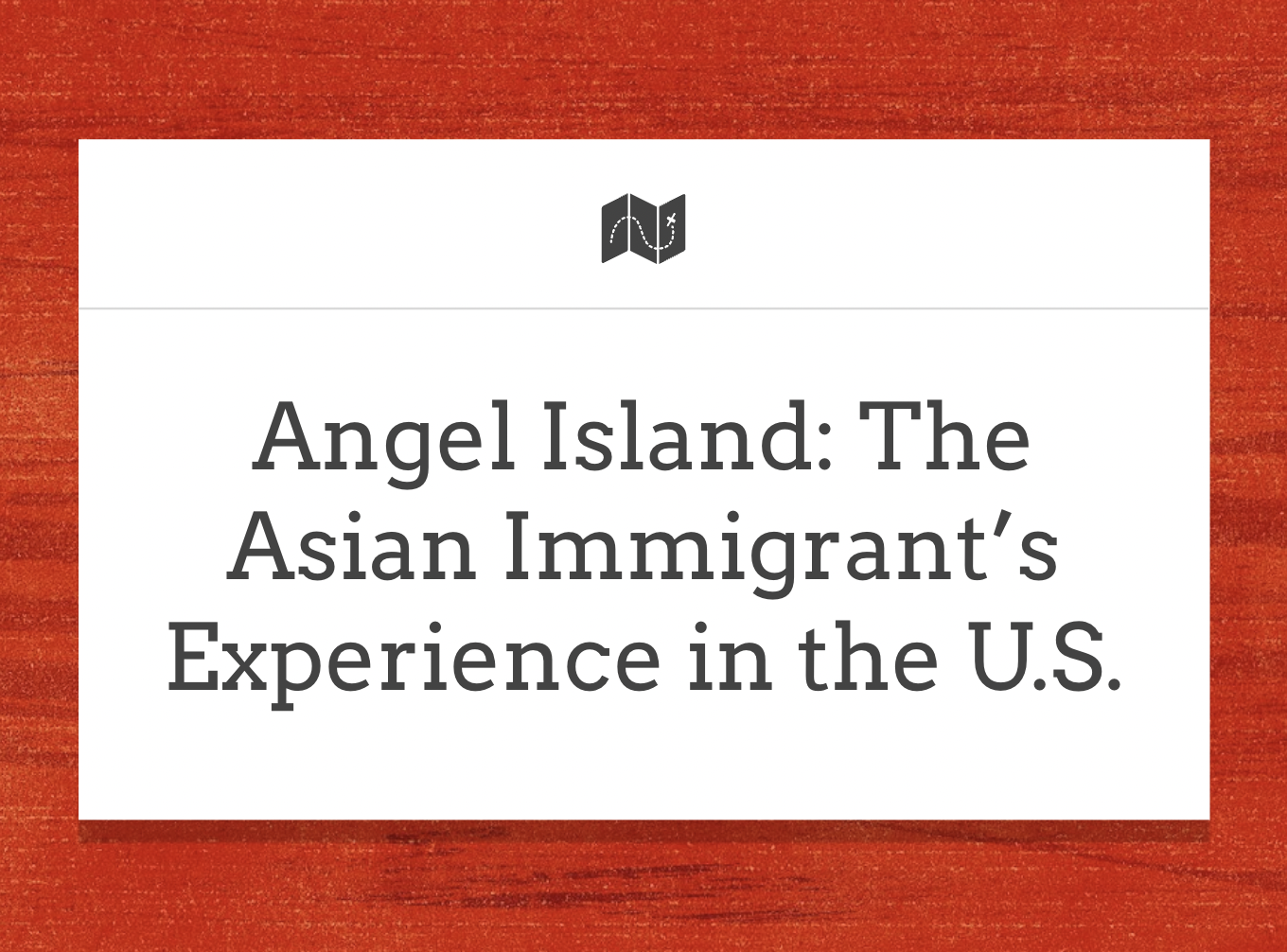OBJECTIVES:
Through the analysis of primary and secondary sources, students will be able to:
- Provide a summary of the historical context surrounding the Angel Island Immigration Station.
- Compare and contrast the experiences of immigrants at Ellis Island and immigrants at Angel Island.
- Analyze the development and application of different policies and opinions regarding Asian immigration
to the U.S. in the 19th and 20th centuries.`



